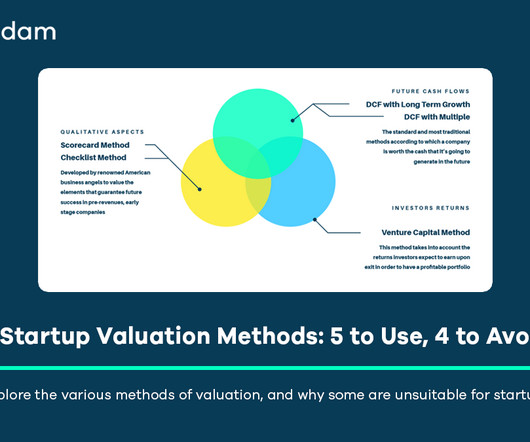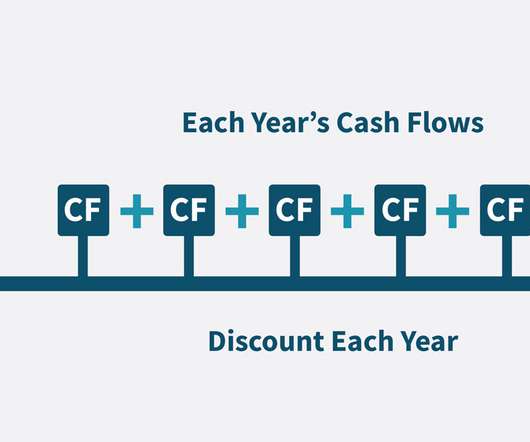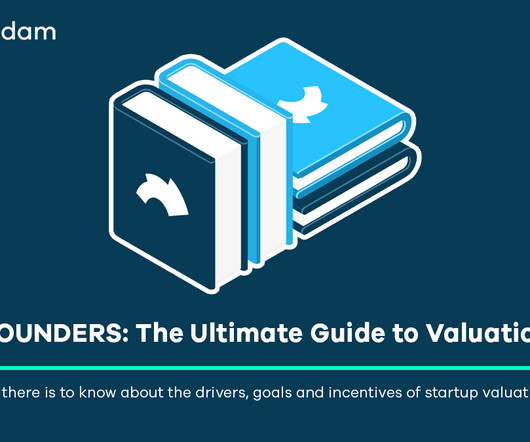9 Startup Valuation Methods: 5 to Use, 4 to Avoid
Equidam
APRIL 26, 2025
a 409A valuation in the US), planning exit strategies, and informing overall business planning. High failure rates are a stark reality in the startup world, adding another layer of risk that must be accounted for. We calculate the cost of equity using the Capital Asset Pricing Model (CAPM).














Let's personalize your content